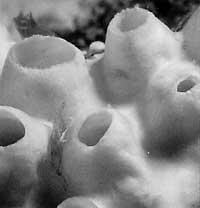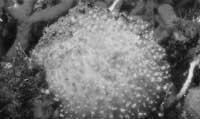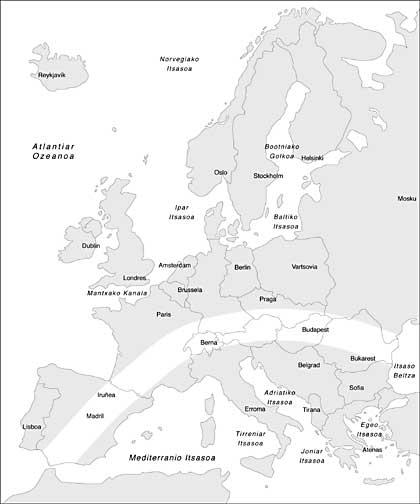Sponges use glue
1997/07/01 Elhuyar Zientzia Iturria: Elhuyar aldizkaria
If the thin sieve is taken and the sea sponge is squeezed into it, the cells can be separated, but if these pieces are replenished in the marine waters, before fifteen minutes all will concentrate on a single macroorganism. If the same test is done by mixing crumbs of different species, the crumbs of each species are joined together in separate packages, but never mixed. The cause is the adhesive of the sponges. These adhesives are able to identify and collect dispersed cells. They are called gliconnins and have long sugar chains.

Each species of sponge has its gliconnin on the cell surface. The cells of each species are identified by a primitive system called homophilia. As Gradimir Misevic of the University of Basel points out, the study of these cellular adhesives will allow us to analyze the evolution from the first defense systems to the current human ones.
In fact, gliconnins have been found in rats and humans, especially in carcinogenic tumors at specific times of their development. According to the researchers, before cells are grouped into homogeneous masses they are known to each other by surface proteins. Researchers will begin studying the immunization system.

Gai honi buruzko eduki gehiago
Elhuyarrek garatutako teknologia





